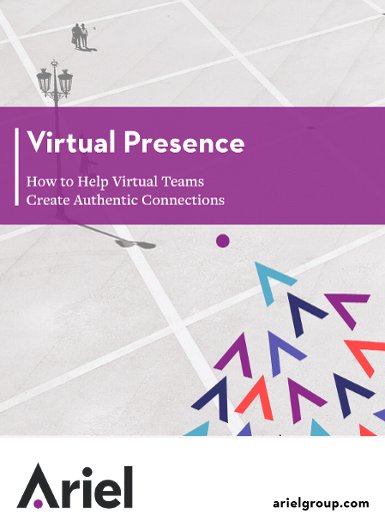Grow Your Bottom Line with Emotional Intelligence

“No doubt emotional intelligence is more rare than book smarts, but my experience says it is actually more important in the making of a leader. You just can’t ignore it.” – Jack Welch
Today’s L&D professionals are tasked with developing the right skills in their teams to meet business objectives. But all too often (thanks to lack of budget, buy-in, time, or resources), they are forced to make tough choices on where to invest their budgets. One of the latest trends in L&D spending? Emotional intelligence and empathy training, and for good reason.
Studies show that individuals with high EQs are better equipped to connect on a deep level with those around them, successfully manage conflict, drive change within organizations, and develop into visionary leaders. In fact, a recent study from Keller Center Research found that when Coca-Cola trained its leaders in emotional intelligence, they exceeded performance targets by 15%. Yet when leaders did not develop their EQ or have access to this type of training, they missed their targets by 15%. This is a 30% gap!
According to Psychology Today, emotional intelligence is the sum of three unique characteristics:
- the ability to be aware of your own emotions as well as the emotions of those around you
- the ability to apply emotions to thinking and problem-solving
- the ability to manage emotions internally and externally.
Here are three ways L&D professionals can encourage emotional intelligence and empathy throughout their organization.
Listen deeply (this is more than ‘hearing’)
Build stronger, healthier empathy skills by teaching leaders how to listen. True listening is uninterrupted, reflective, and focused on hearing values and strengths, or—most importantly—emotional context and resonance. Leaders who can listen with heart generate higher levels of trust and respect, create more effective interpersonal communication and safer environments, and even reduce team tension. Encourage your leaders to make a concerted effort to listen to discover opportunities for collaboration.
Be consciously flexible
Increase flexibility among your leadership by providing learning that includes collaborative problem-solving, ensemble building, and thinking on your feet. How can you shake things up? At Ariel, we use a variety of improvisational warm-ups, exercises, and role-playing to improve flexibility, adaptability, openness, ability to recognize and accept offers, and—wait for it—listening. It’s not enough for leaders to ask questions. There’s nothing like putting yourself in somebody else’s shoes to understand where they’re coming from.
Know your team (really know them)
Successful teams need solid relationships to collaborate, cooperate, and problem-solve; however, building truly substantive relationships demands attentiveness, sensitivity, vulnerability, and caring. Oh no…throw your arms around each other and sing Kumbaya? Not at all. At Ariel , we teach the importance of life mapping and journal reflection. Crafting and sharing personal credos will aid in building deeper relationships. Teach your leaders to craft and share stories about meaningful life moments and watch the bonds and team morale grow.
Now what happens to the bottom line?
Organizational co-evolution (the adaptation of an organism triggered by a change in another) is a biological term that very much applies to today’s business landscape. Developing your team’s emotional intelligence can have a profound impact on the entire business. Professionals with higher EQs have the ability to recognize and relate to changing business environments, build on strengths around them, adapt more fluidly, and inspire greater harmony, cooperation, and commitment in a team. And that’s worth every penny.
Interested in learning more? Contact us today to see how Ariel can help you develop your next great leader.
